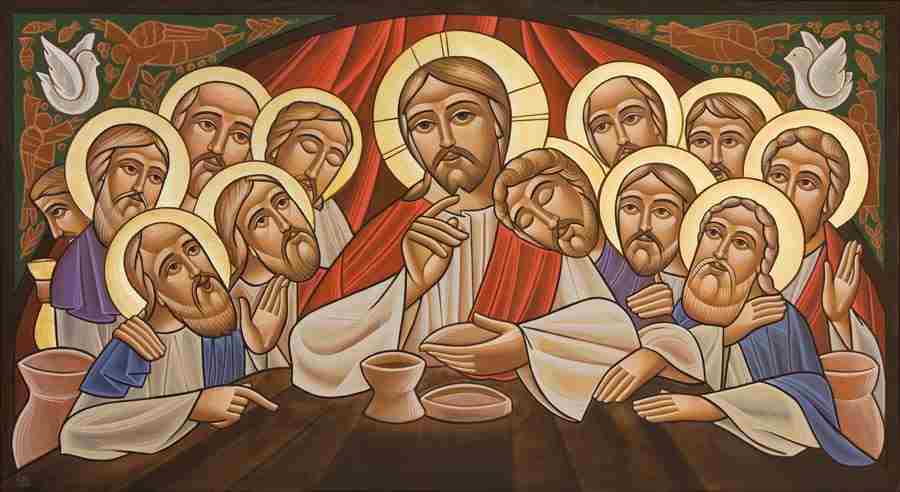Icons

+ Icons are not just religious portrayal as a means to awaken feelings, but they are also a way through which God is revealed to men. Through icon, we visualize the spiritual world.
+ The iconographer of the Orthodox Church Icons is not totally free to innovate. Rather, they are committed to reflect the church’s spirit and doctrine in the icon. Therefore, it is important that the iconographer studies the doctrines of the Orthodox Church along with the fundamentals of the Coptic Orthodox art.
+ It is also important that iconographers are in a state of repentance and sanctified by having communion, so that the Holy Spirit would find comfort in them and put His divine touches in the icon.
+ A saint’s icon is a living presence of that saint in the church. Therefore, the saint can be addressed and dealt with through the icon.
+ In general, icons are windows to heaven and a way of Angels and Saints to watch over us inhabitants of earth… When we enter the church and find the icons of the saint, we remember that they are the cloud of witnesses surrounding us. They are our family members who preceded us to heaven, encouraging us to complete our strife faithfully and to reach the Heavenly Glories with them.
+ Some erroneously believe that the icons are the remnants of paganism. However, the church responds to these people as follows:
1- God indeed commanded that you shall not make an image or a statue for yourself, but it was for the purpose mentioned at the end of the verse – you shall not worship them or bow to them. Later, God commanded Moses to make the two Cherubim above the tabernacle and then the cooper serpent. The temple was full of carved images, but they were not idols for worship. Therefore, the Holy Scripture states to us that “the letter kills, but the Spirit gives life.” (2 Cor. 3:6)
2- We do not worship icons but honor them. In this, we honor the saints in them according to the Lord’s saying: “If anyone serves Me, him My Father will honor” (John 12:26). If the Father honors His saints, we should honor them as well! In the same manner, we honor the Cross and kneel before it to worship the Crucified.
3- History testifies to the fact that icons were present in the apostolic era. For example, St. Luke, the Gospel writer, was a painter. He left us a number of icons of St. Mary. The Christian halls under the ground and the archeological churches since the early centuries have many icons and images on their walls.
4- The Church icon is anointed by the holy Myron oil so it becomes anointed by the Holy Spirit. Incense can be raised before it and people can be blessed by it.
+ There are wonderful examples in the history of the Church that paid attention to the art of icons. For example, during the 12th century, His Grace Mikhail the Metropolitan of Damietta in Egypt found that many of his parish were unfortunately illiterate. He wanted to convey to them the Good News of salvation through the language that they could understand which was Art. So he painted 90 paintings for the four Gospels. Every painting had a number of explanatory scenes about an incident or miracle or parable. They are painted according to the Pharonic pattern, that is, in successive rows penetrating the lines of the four Gospels written in the Coptic Language. This fantastic artistic masterpiece is dated 1179 - 1181 A.D. It is kept now in the National library of Paris under the name Coptic Manuscript no. 13.
+ Finally, the art of iconography is very useful and influential upon the soul. The images bring heavenly concepts closer to the mind, confirms us in the faith and doctrines of the church, and increases the ties of love and emotions between the saints and us. For these reasons, iconography is a very important aspect of Orthodox Christian worship.